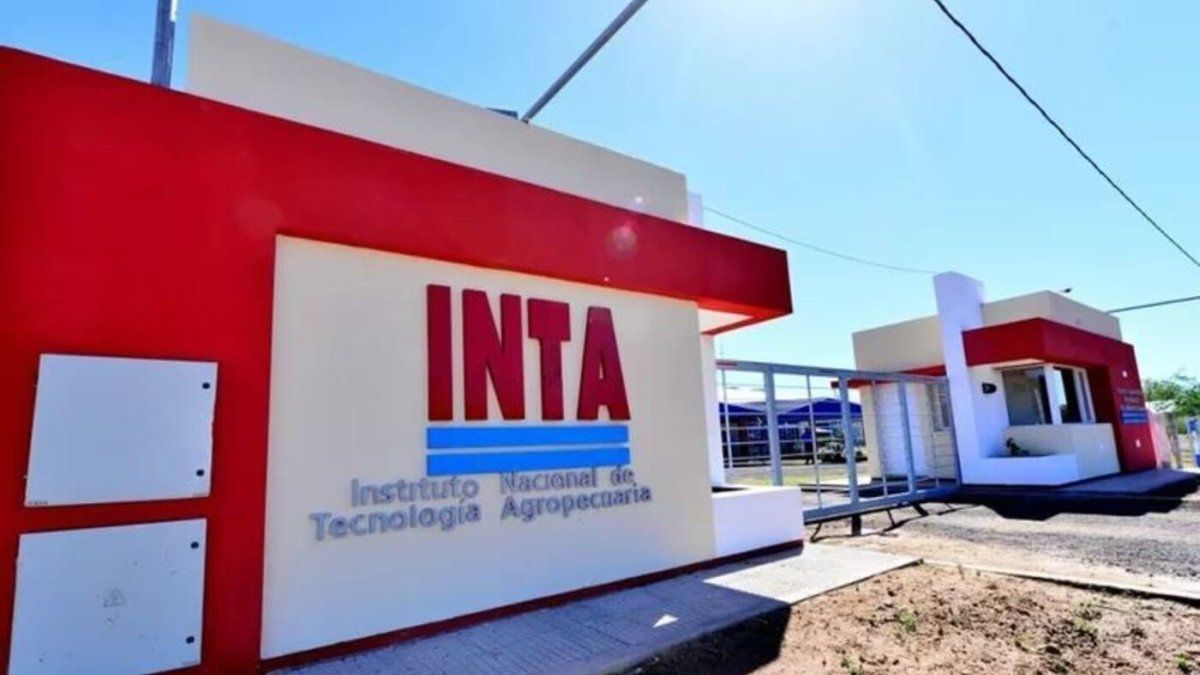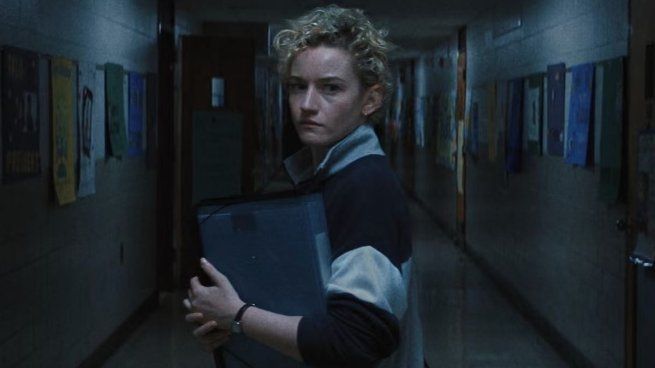The Government confirmed, through Resolution 70/2024 published in the Official Gazette, the call for an auction by the National Institute of Technology (INTA). The property is located on Cerviño Street 3101/67, in the Buenos Aires neighborhood of Palermo.
The measure had been advanced a month ago, when the Executive Branch assured that they would auction public buildings and state properties with the aim of “making the role of the State more efficient.” Inside the building that will be auctioned at the end of the year they work 140 peopledistributed among the ArgenINTA Foundation, INTeA delegation, International Relations Department and Technological Linkage Department.
An INTA building will be auctioned
In detail, the resolution, signed by the president of the State Property Administration Agency (AABE) Nicolás Alberto Pakgojzprovides: “The call is authorized through the Public Auction procedure No. 392-0206-SPU24 for the sale of the property located on Ortiz de Ocampo street corner Cerviño No. 3101/3129/3167, of the Autonomous City of Buenos Aires, with a land area according to cadastre of nine hundred and nineteen square meters and ten square centimeters (919.10 m2) and a total covered area of three thousand one hundred forty-three square meters and fifty-three decimeters (3,143.53 m2).
Furthermore, it establishes: “This measure is part of the political decision of the Executive Branch of make the best use and use of state assets prevailallocating the impact of state real estate to the planning, development and execution of public policies.”
notice_317236.pdf
The Government ordered the sale of an INTA building
Official Gazette
A little over a month ago, President Javier Milei confirmed that he would put public buildings up for sale with the aim of “rreduce unnecessary expenses and improve efficiency in the management of State assets”.
Within the property that will be auctioned, different organizations currently operate. In total, they work 140 peopledivided into Fundación ArgenINTA, INTeA delegation, International Relations Department and Technological Linkage Department.
In this way, the entire building will be sold, although information had arrived from the institute that it could possibly be “underemployed”. Although the workers held protests, the Government remained firm in its objective.
The Government will carry out a restructuring of the National Fund for the Arts
The Government also announced a profound restructuring of the National Fund for the Arts (FNA). Through Decree 1029/2024, published in the Official Gazette, the libertarian administration made official the modification of financing sources for artists.
The Government decree includes “artistic and literary activities“a; the plastic arts, architecture and urban planning in their exclusively aesthetic aspects, the theatrical activities defined in article 11 of Decree-Law No. 1251/58; cinematography; radio; television; music; dance; letters; applied arts and folkloric expressions.
notice_317232.pdf
The government is moving forward with the chainsaw and announced the restructuring of the FNA.
Official Gazette
Once it was delimited what type of practice can access the FNA, the ruling party ruled that “the primary promotional instrument of the National Fund for the Arts will be the granting of credits“. In this sense, the Decree detailed: “In all cases, the granting will be conditioned that it is not distorted, during the process of using the buildings and machinery built or acquiredthe high goals of artistic improvement pursued by the creation of the National Fund for the Arts”.
In its restructuring, the Milei administration also called the credit operations of the FNA as Units of Purchasing Value (UVA). “The Fund may establish different mechanisms for the implementation of said credits, which include: a) group credits with joint liability of all members, b) credits with guarantors, which may require a counterguarantee in works or a percentage of the company’s income. artist, c) perpetual or temporary annuities, with counterguarantees in the artist’s works.”
Regarding this, the Minister of Deregulation and Transformation of the State, Federico Sturzenegger, explained: “The decree gives freedom to the FNA, but suggests a type of income against works guarantees or guarantors for which the FNA will be able to finance artists during the first years of their career.
Another of the big changes is that, after the publication of the Decree in the Official Gazette, the FNA will be enabled to “receive donations, legacies and contributions whether these are to finance the regular activities of the Fund or for the implementation of specific programs.”
After the publication of the Decree, Sturzenegger used his social networks to justify the measure: “The organization needed a major redesign: it collects royalties from universal works but spends an unacceptable proportion of those resources on itself; thus an organization that was supposed to help art in practice Over the years it became a burden for the sector. In 2023 the FNA allocated 72% of its budget (financed by the users of culture) to operating expenses!”
“Ultimately, the main activity of the FNA will be to offer opportunities and financing but not to give away money. SA sustainable FNA is sought for the benefit of artists and not bureaucracy“said the official.
Source: Ambito
I am Pierce Boyd, a driven and ambitious professional working in the news industry. I have been writing for 24 Hours Worlds for over five years, specializing in sports section coverage. During my tenure at the publication, I have built an impressive portfolio of articles that has earned me a reputation as an experienced journalist and content creator.




